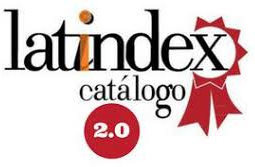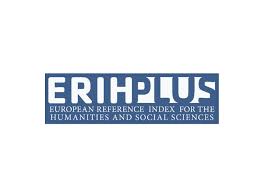Antique palaces of Algeria, a socio-anthropological reading Tiout City Palace as a model
DOI:
https://doi.org/10.47750/jett.2024.15.01.013Keywords:
Tourist activity, desert society, communal life, palaces, human heritage, urbanizationAbstract
Until recently, Algeria sustained itself and covered all its expenses and consumption through revenues generated from oil sales, supplemented by various levies and taxes. However, with the decline in the international market price of oil and the absence of any viable alternative sources, especially after years of neglect, confusion and doubt arose regarding policies planned to achieve comprehensive developmental progress. It became impossible to continue on the same path, prompting attention to the agriculture and industry sectors. Yet, it quickly became apparent that there was no feasibility in this without genuine capital to drive these sensitive sectors forward. Meanwhile, the focus remained on the tourism sector, considered a modest service sector barely holding its
ground despite its strategic importance in providing additional direct revenues in hard currency. Algeria is rich in the tourism field with precious resources that vary across different forms and diverse spaces, from maritime to mountain tourism, from spa tourism to desert tourism, and other classifications of tourist activities. Through this article, we attempt to explore one of the jewels and treasures of this field, examining a valuable model within our extensive desert society








